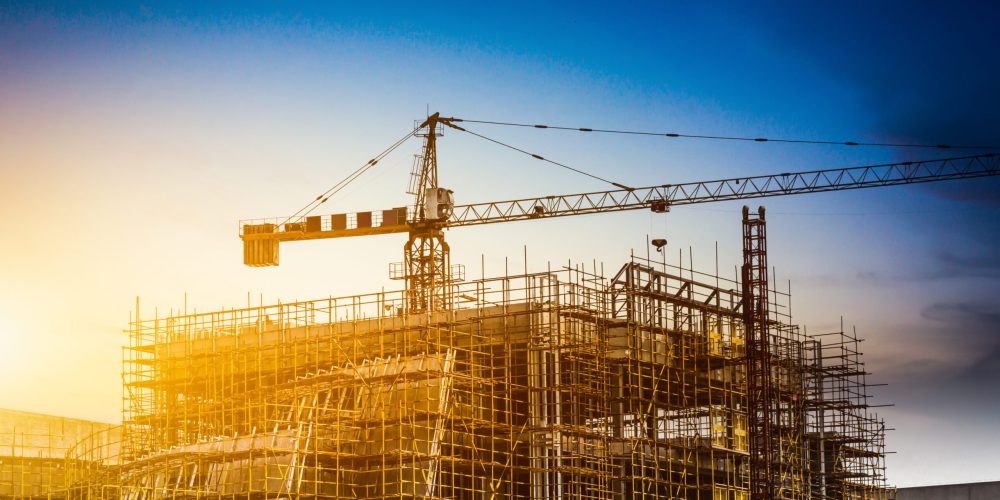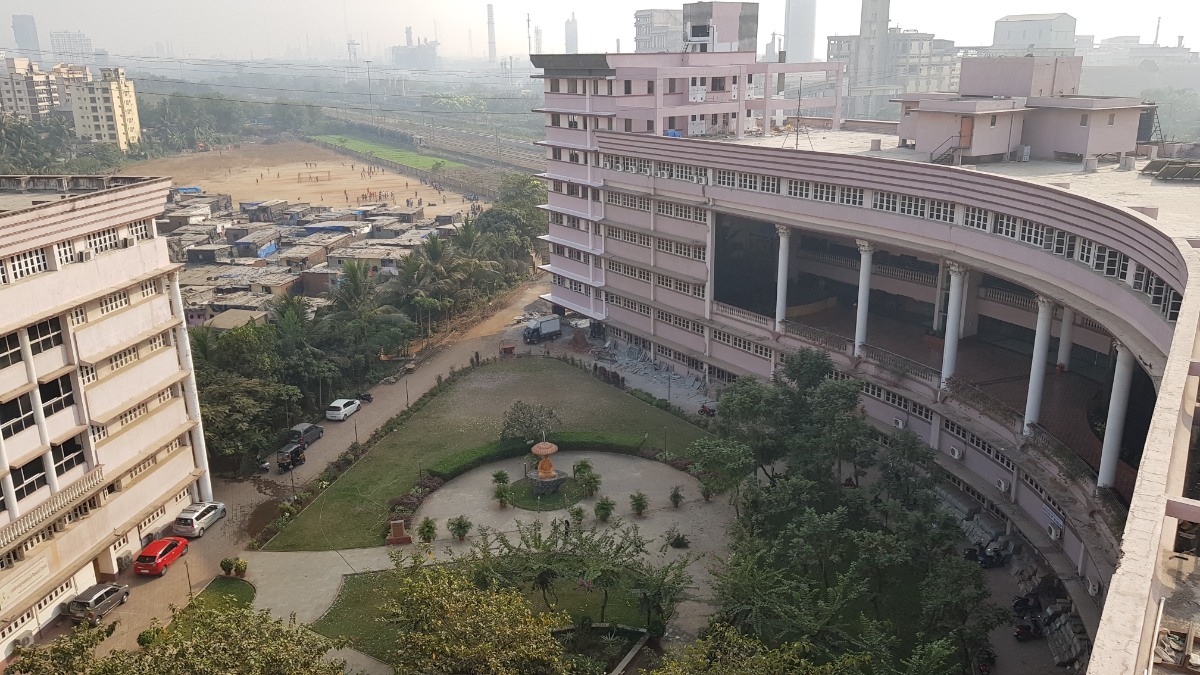Beyond construction: The multifaceted nature of architecture
By Dr. Anand Achari, Principal, Vivekanand Education Society’s College of Architecture, shares insights on various facets in architecture
‘Architecture is the Reaching Out for the Truth’ – Ar. Louis Kahn
Most students (and their families) aspiring to graduate as architects enter the architecture degree course with some fundamental (mis)conceptions about this field. Having little or no exposure to either artistic essence or scientific depth of the spatial design realm results in a rather simplistic understanding in society of architecture as the act of making drawings for building construction.
The outsider’s viewpoint
An architect is understood to be a ‘designer of buildings’ without commensurate clarity about the roles and responsibilities involved therein. The range and depth of knowledge and skills an architect must employ in this process goes unnoticed; even the impact architects’ thoughts and actions have in a dangerously deteriorating global environment is scarcely appreciated by society at large.
The limits of perceptions of outsiders to the architecture field may extend to their ability to tell apart a building like the Taj Mahal or the relatively recent Sydney Opera House from regular buildings populating our cities. This simply means that they’re aware that architecture involves an aspect of aesthetics that may distinguish it from regular construction. This understanding would probably have sufficed till the 19th century to distinguish architecture from just the construction of buildings.
The architectural training of blending artistry with the structure
From the earliest days of this profession, architects are expected to excel at visual perception, honing it throughout their academic and professional lives to master and apply it for aesthetically superlative outcomes. The study of visual as well as other art forms like music, understanding scale, proportion, balance, rhythm and such nuances of composition are evidently a cornerstone of architectural training.
A deeper understanding of architectural practice also correctly includes structural and material exploration within its domain. An architect’s ability to visualise an aesthetically composed, innovative built form must be accompanied by fundamental knowledge of how strong, stable and long-lasting the structure could potentially be made for secure habitation. Although most projects have structural consultants contracted in to contribute their expertise in detailing the structural design and material employment in any project, the architect must guide the process to prevent any undesirable ramifications on the visual or spatial experience of the envisioned end product.
The multifaceted nature of architecture
The design of a building is governed by myriad factors that constitute its site and context, which need to be processed by a trained mind before designing begins. A ‘good’ architect is well-trained in understanding the effects of the development planning provisions for the site area; legalities of building bye-laws and development control regulations; the building’s potential users’ as well as neighbouring population’s socio-economic strata.
They also ought to know about the culture, history and traditional beliefs; the geo-morphology, topography and hydrology of the site; climatic aspects like sun-path, wind direction and rainfall pattern; as well as the dynamics of market forces involved. All these aspects follow after a basic comprehension of the purpose of the proposed building and its typology in terms of residential, commercial, institutional or industrial, which ultimately determines the direction of design.
Any building must finally satisfactorily serve its users in functional terms and, more importantly, in experiential senses. This experience is governed by aspects of the building’s ambience which may be measurable like temperature, humidity, air quality, sun-shading, lighting lumens, etc. or intangibles like mood and vibes. Managing these parameters also falls within the purview of architectural practice.
The ‘environmental’ duties of an architect
In today’s age of the climate crisis, the responsibilities of and expectations from the architectural profession are exponentially multiplied as, after all, any new building is an intervention in the existing environment. Hence, architectural design now mandatorily becomes an exercise in curtailing environmental impact by employing awareness, knowledge, training and innovation to ensure a minimal carbon footprint.
Technology: A boon to architects
Further, fast-paced technological advancements are integral to the profession be they digital visualisation, presentation and design computation or software systems for managing buildings during construction and useful life. The architectural process comprises an endless, multi-disciplinary list of components that are constituted in infinite ways within its practice. As architect Louis Kahn suggests, for an architect this process is an impassioned quest for a perfectly fulfilling outcome, and, as Gestalt demonstrated, the architectural outcome must be much greater than the sum of its parts.



